当前位置:网站首页>Unity3D学习笔记6——GPU实例化(1)
Unity3D学习笔记6——GPU实例化(1)
2022-07-07 21:50:00 【charlee44】
1. 概述
在之前的文章中说到,一种材质对应一次绘制调用的指令。即使是这种情况,两个三维物体使用同一种材质,但它们使用的材质参数不一样,那么最终仍然会造成两次绘制指令。原因在于,图形工作都是一种状态机,状态发生了变化,就必须进行一次绘制调用指令。
GPU实例化用于解决这样的问题:对于像草地、树木这样的物体,它们往往是数据量很大,但同时又只存在微小的差别如位置、姿态、颜色等。如果像常规物体那样进行渲染,所使用的绘制指令必然很多,资源占用必然很大。一个合理的策略就是,我们指定一个需要绘制物体对象,以及大量该对象不同的参数,然后根据参数在一个绘制调用中绘制出来——这就是所谓的GPU实例化。
2. 详论
首先,我们创建一个空的GameObject对象,并且挂接如下脚本:
using UnityEngine;
//实例化参数
public struct InstanceParam
{
public Color color;
public Matrix4x4 instanceToObjectMatrix; //实例化到物方矩阵
}
[ExecuteInEditMode]
public class Note6Main : MonoBehaviour
{
public Mesh mesh;
public Material material;
int instanceCount = 200;
Bounds instanceBounds;
ComputeBuffer bufferWithArgs = null;
ComputeBuffer instanceParamBufferData = null;
// Start is called before the first frame update
void Start()
{
instanceBounds = new Bounds(new Vector3(0, 0, 0), new Vector3(100, 100, 100));
uint[] args = new uint[5] {
0, 0, 0, 0, 0 };
bufferWithArgs = new ComputeBuffer(1, args.Length * sizeof(uint), ComputeBufferType.IndirectArguments);
int subMeshIndex = 0;
args[0] = mesh.GetIndexCount(subMeshIndex);
args[1] = (uint)instanceCount;
args[2] = mesh.GetIndexStart(subMeshIndex);
args[3] = mesh.GetBaseVertex(subMeshIndex);
bufferWithArgs.SetData(args);
InstanceParam[] instanceParam = new InstanceParam[instanceCount];
for (int i = 0; i < instanceCount; i++)
{
Vector3 position = Random.insideUnitSphere * 5;
Quaternion q = Quaternion.Euler(Random.Range(0.0f, 90.0f), Random.Range(0.0f, 90.0f), Random.Range(0.0f, 90.0f));
float s = Random.value;
Vector3 scale = new Vector3(s, s, s);
instanceParam[i].instanceToObjectMatrix = Matrix4x4.TRS(position, q, scale);
instanceParam[i].color = Random.ColorHSV();
}
int stride = System.Runtime.InteropServices.Marshal.SizeOf(typeof(InstanceParam));
instanceParamBufferData = new ComputeBuffer(instanceCount, stride);
instanceParamBufferData.SetData(instanceParam);
material.SetBuffer("dataBuffer", instanceParamBufferData);
material.SetMatrix("ObjectToWorld", Matrix4x4.identity);
}
// Update is called once per frame
void Update()
{
if(bufferWithArgs != null)
{
Graphics.DrawMeshInstancedIndirect(mesh, 0, material, instanceBounds, bufferWithArgs, 0);
}
}
private void OnDestroy()
{
if (bufferWithArgs != null)
{
bufferWithArgs.Release();
}
if(instanceParamBufferData != null)
{
instanceParamBufferData.Release();
}
}
}
这个脚本的意思是,设置一个网格和一个材质,通过随机获取的实例化参数,渲染这个网格的多个实例: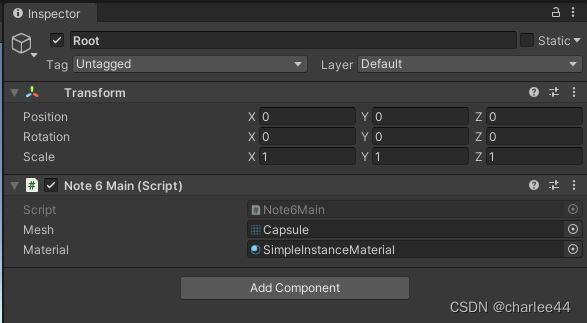
GPU实例化的关键接口是Graphics.DrawMeshInstancedIndirect()。Graphics对象的一系列接口是Unity的底层API,它是需要每一帧调用的。Graphics.DrawMeshInstanced()也可以实例绘制,但是最多只能绘制1023个实例。所以还是Graphics.DrawMeshInstancedIndirect()比较好。
实例化参数InstanceParam和GPU缓冲区参数bufferWithArgs都是存储于一个ComputeBuffer对象中。ComputeBuffe定义了一个GPU数据缓冲区对象,能够映射到Unity Shader中的 StructuredBuffer中。实例化参数InstanceParam存储了每个实例化对象的位置,姿态、缩放以及颜色信息,通过Material.SetBuffer(),传递到着色器中:
Shader "Custom/SimpleInstanceShader"
{
Properties
{
}
SubShader
{
Tags{
"Queue" = "Geometry"}
Pass
{
CGPROGRAM
#include "UnityCG.cginc"
#pragma vertex vert
#pragma fragment frag
#pragma target 4.5
sampler2D _MainTex;
float4x4 ObjectToWorld;
struct InstanceParam
{
float4 color;
float4x4 instanceToObjectMatrix;
};
#if SHADER_TARGET >= 45
StructuredBuffer<InstanceParam> dataBuffer;
#endif
//顶点着色器输入
struct a2v
{
float4 position : POSITION;
float3 normal: NORMAL;
float2 texcoord : TEXCOORD0;
};
//顶点着色器输出
struct v2f
{
float4 position: SV_POSITION;
float2 texcoord: TEXCOORD0;
float4 color: COLOR;
};
v2f vert(a2v v, uint instanceID : SV_InstanceID)
{
#if SHADER_TARGET >= 45
float4x4 instanceToObjectMatrix = dataBuffer[instanceID].instanceToObjectMatrix;
float4 color = dataBuffer[instanceID].color;
#else
float4x4 instanceToObjectMatrix = float4x4(1, 0, 0, 0, 0, 1, 0, 0, 0, 0, 1, 0, 0, 0, 0, 1);
float4 color = float4(1.0f, 1.0f, 1.0f, 1.0f);
#endif
float4 localPosition = mul(instanceToObjectMatrix, v.position);
//float4 localPosition = v.position;
float4 worldPosition = mul(ObjectToWorld, localPosition);
v2f o;
//o.position = UnityObjectToClipPos(v.position);
o.position = mul(UNITY_MATRIX_VP, worldPosition);
o.texcoord = v.texcoord;
o.color = color;
return o;
}
fixed4 frag(v2f i) : SV_Target
{
return i.color;
}
ENDCG
}
}
Fallback "Diffuse"
}
这是一个改进自《Unity3D学习笔记3——Unity Shader的初步使用》的简单实例化着色器。实例化绘制往往位置并不是固定的,这意味着Shader中获取的模型矩阵UNITY_MATRIX_M一般是不正确的。因而实例化绘制的关键就在于对模型矩阵的重新计算,否则绘制的位置是不正确的。实例化的数据往往位置比较接近,所以可以先传入一个基准位置(矩阵ObjectToWorld),然后实例化数据就可以只传入于这个位置的相对矩阵(instanceToObjectMatrix)。
最终的运行结果如下,绘制了大量不同位置、不同姿态、不同大小以及不同颜色的胶囊体,并且性能基本上不受影响。
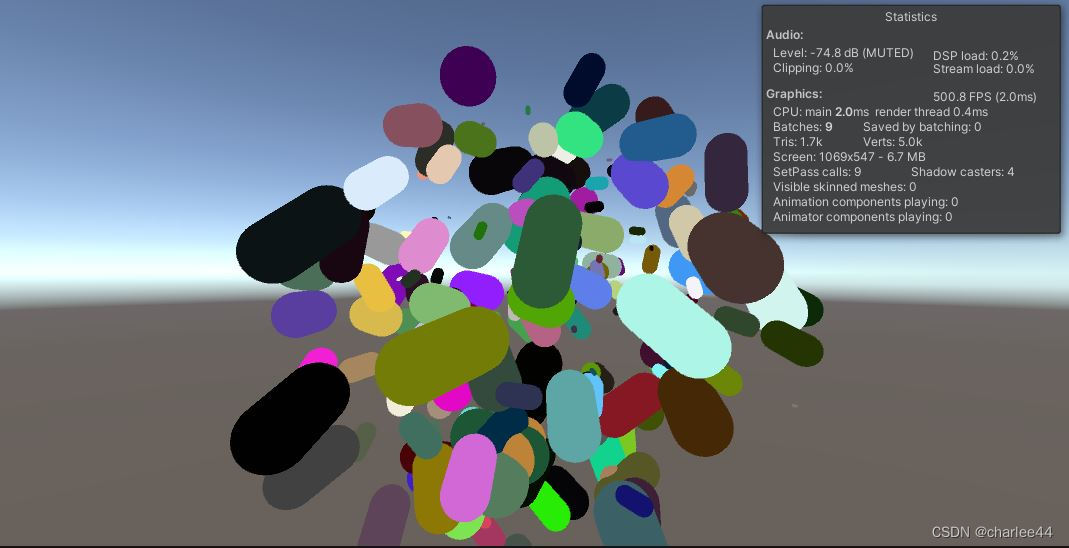
3. 参考
边栏推荐
- Brush question 5
- ./ setup. Insufficient sh permission
- Why does the market need low code?
- What is ADC sampling rate (Hz) and how to calculate it
- iNFTnews | Web5 vs Web3:未来是一个过程,而不是目的地
- Brush question 3
- [untitled] reprint melting ice - track icedid server with a few simple steps
- PCL . VTK files and Mutual conversion of PCD
- Exploratory data analysis of heartbeat signal
- Clean C disk
猜你喜欢

Lecture 30 linear algebra Lecture 5 eigenvalues and eigenvectors
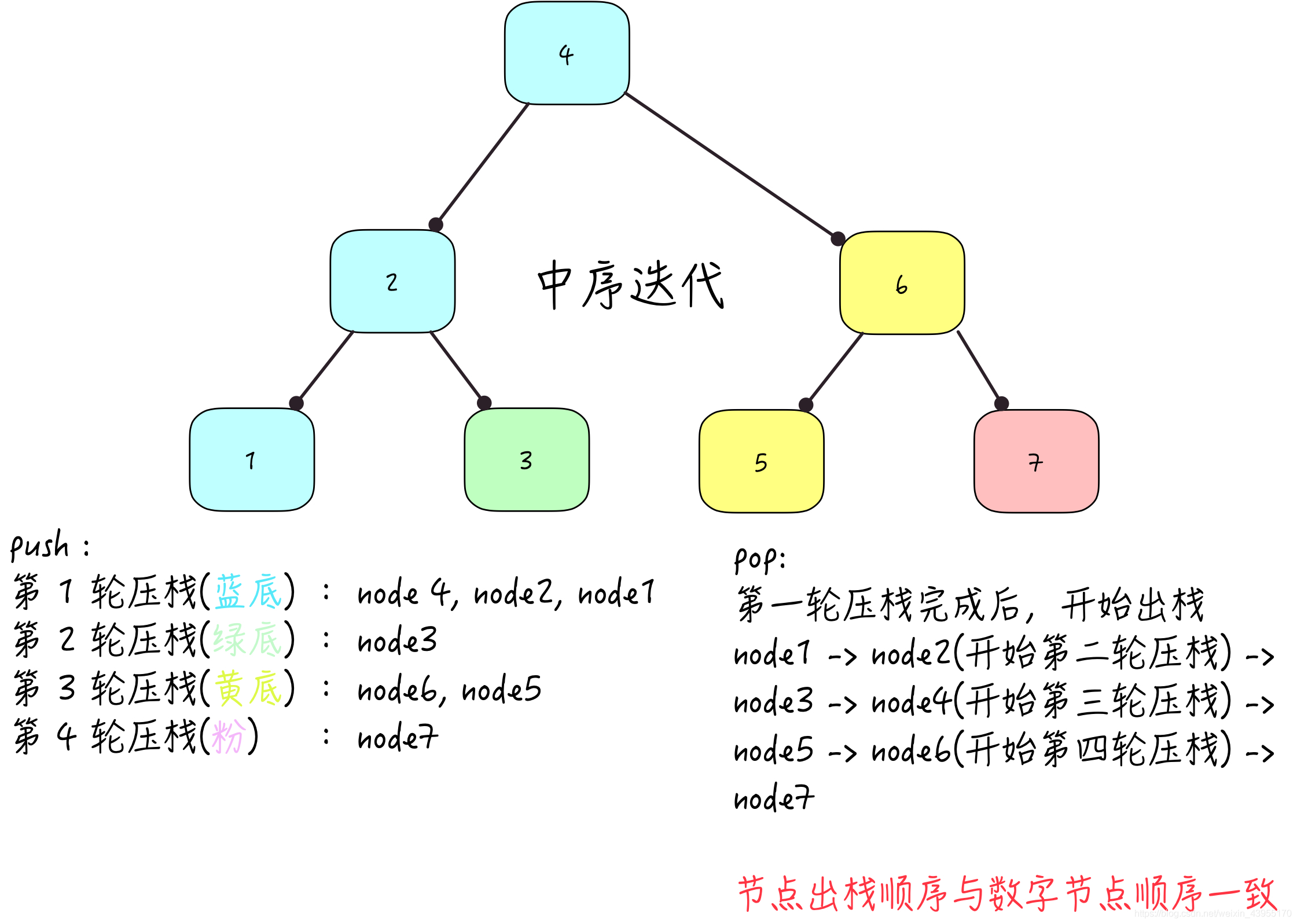
二叉树(Binary Tree)
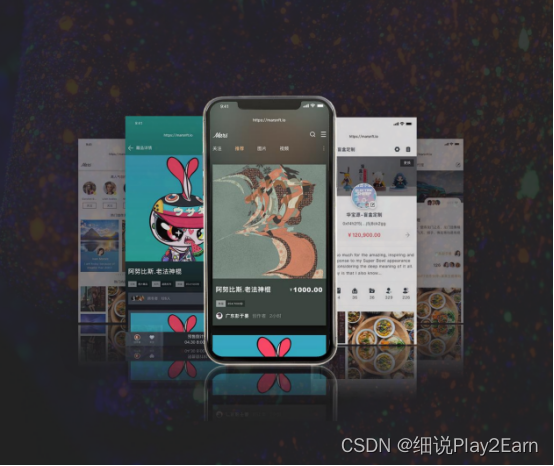
Digital collections accelerated out of the circle, and marsnft helped diversify the culture and tourism economy!
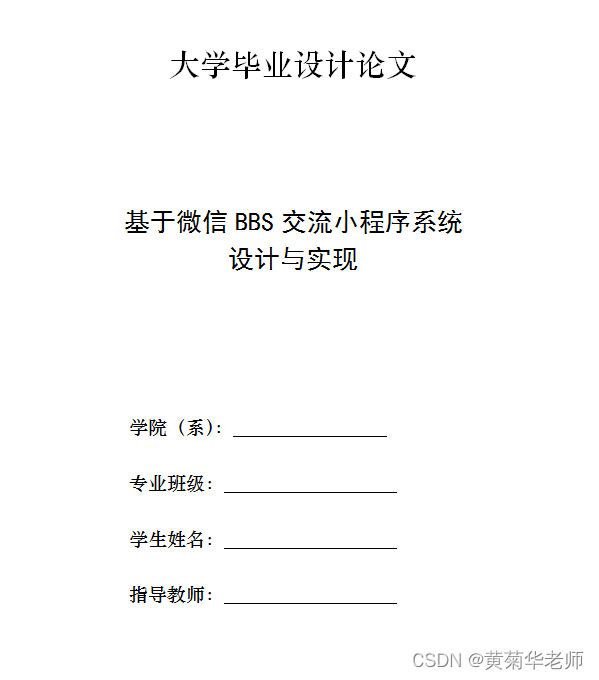
Wechat forum exchange applet system graduation design completion (8) graduation design thesis template
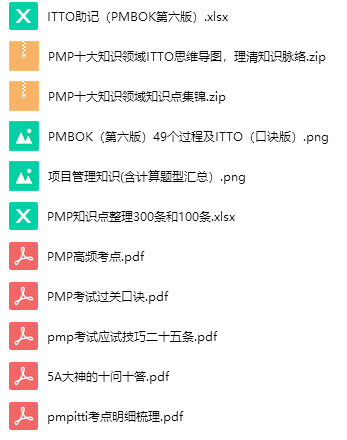
PMP项目管理考试过关口诀-1

开发那些事儿:Go加C.free释放内存,编译报错是什么原因?
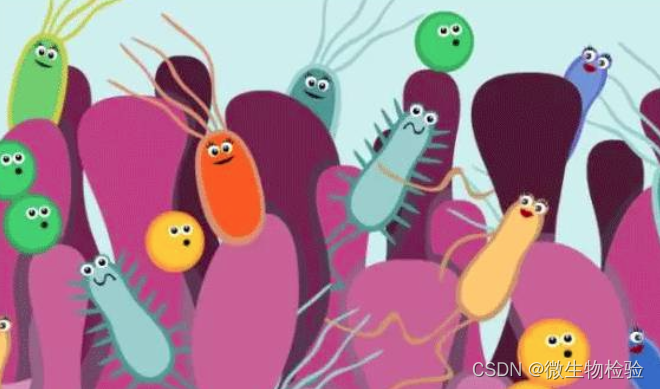
Microbial Health Network, How to restore Microbial Communities

聊聊 Dart 的空安全 (null safety) 特性
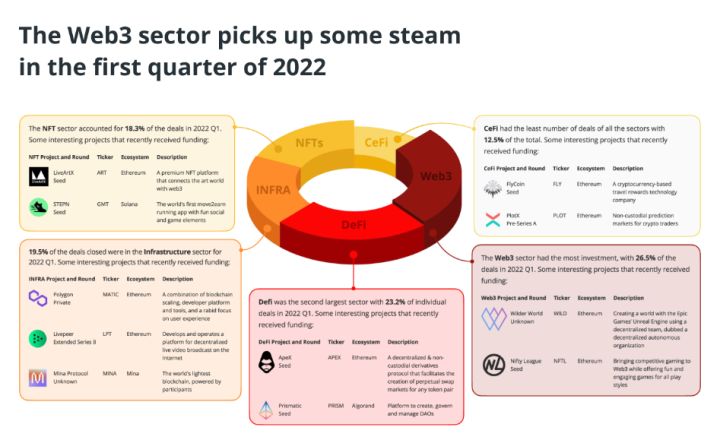
Inftnews | web5 vs Web3: the future is a process, not a destination
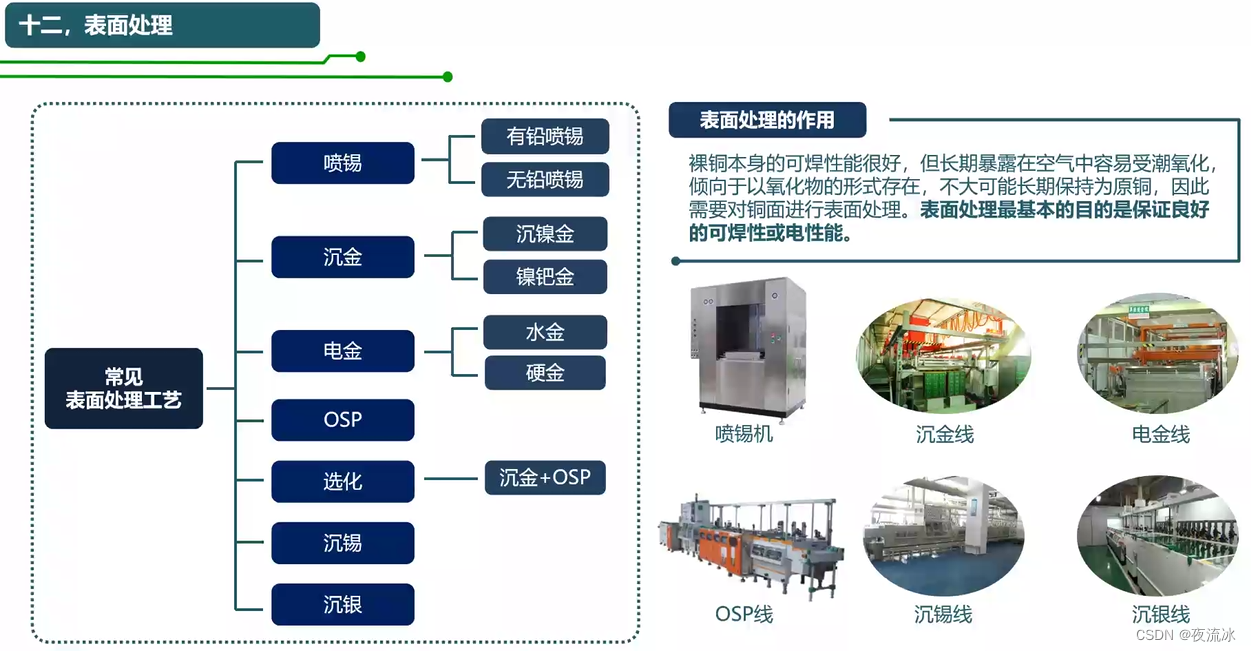
Knowledge drop - PCB manufacturing process flow
随机推荐
Grid
Network security sqlmap and DVWA explosion
ArcGIS: two methods of attribute fusion of the same field of vector elements
Redhat下安装fedora
JMeter interface automated test read case, execute and write back result
Wechat forum exchange applet system graduation design (2) applet function
ArcGIS:字段赋值_属性表字段计算器(Field Calculator)依据条件为字段赋值
Understand the session, cookie and token at one time, and the interview questions are all finalized
Wechat forum exchange applet system graduation design completion (8) graduation design thesis template
One question per day - pat grade B 1002 questions
Circumvention Technology: Registry
小程序多种开发方式对比-跨端?低代码?原生?还是云开发?
JS triangle
Why does the market need low code?
高级程序员必知必会,一文详解MySQL主从同步原理,推荐收藏
Handling file exceptions
30讲 线性代数 第五讲 特征值与特征向量
Network security - Eternal Blue
Network security - phishing
Mitsubishi PLC SLmP (MC) protocol